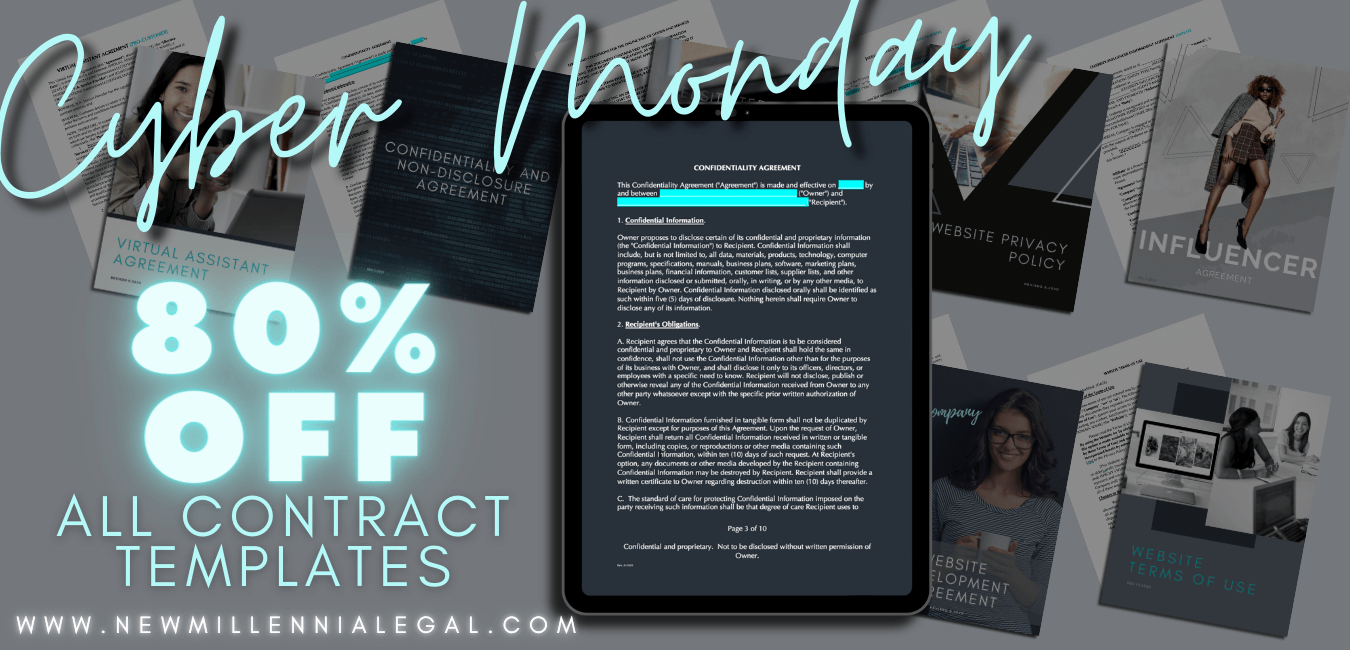Making the Cut
Making the Cut
Understanding the Trademark Process
Being in business can definitely be exhilarating and overwhelming. As a new business owner, you may be overcome with all the information once you type a few words into the famous Google search bar. With nearly a billion websites to scroll through when you type “how to build a business”, it can be time-consuming to sift through what information is accurate and what information should be left alone.
In a Harvard Business Review article, Midsize Cities are Entrepreneurship’s Real Test, the statistics reveal that $50 billion dollars in capital is poured into entrepreneurial ventures each year, and businesses continue to form. In the formation of business entities, individuals and companies have to identify their business status, their financial plans, and their policies and procedures. In the midst of forming a business, you will also hear others mention branding, trademarks, marketing, and sales.
Branding, trademarks, marketing, and sales are intertwined quite well, so it’s not uncommon to hear these terms in the same conversation. When a company is building a business, they must identify the type of branding to incorporate into the business plan. As branding can include everything from company colors and logos to taglines and copy language, the process for creating a brand can be extensive. After the branding elements are determined, research for existing trademarks and ones you may want to pursue should be the next step. Before moving forward with your business (meaning before you spend thousands of dollars), be sure to understand trademarks and how they work against you and for you.
Trademarks are federally registered and recognized symbols, words, or phrases designed to represent a company, business, or entity. A federal trademark is obtained through the United States Patent and Trademark Office. A registered trademark is applied for by a company or an attorney representing a company. Registered trademarks work for you by protecting what you have created when you build a brand. Registered trademarks can work against you if due diligence isn’t implemented and you begin a business under a federally registered trademark (hello, cease and desist letter). Within the registered trademark process, there are several steps.
- Mark Development:This step is conducted when you are ready to connect your business to a symbol, word, or phrase. This step is imperative to the process as you must ensure that the mark can be registered (all marks are not applicable to be registered), the mark is not already registered, and the mark is able to be protected. Choosing a mark should be carefully thought out. Your business team and a licensed United States attorney who is an expert in trademark law should definitely be a part of the process as you develop a mark to ensure it will stand the test of time. According to the United States Patent and Trademark Office website, this is the best time to hire an attorney to help you with the process.
- Mark Category:This step is conducted to ensure you understand what type of mark you are creating. You may be developing a character mark, stylized mark, or sound mark based on your goals for the business. Learn more about mark categories at uspto.com
- Comprehensive Search:This step is conducted to ensure there are not other businesses or entities utilizing the name, symbol, word, or phrases you would like to use for your business. There are several different classes within the system, so identifying if your ideas are already trademarked could be tricky. Using an expert attorney would be the best route for executing this portion of the process.
- Application/Registration Process:This step is conducted to ensure the application is properly completed and submitted according to regulations set by the United States system. There are several elements included in this step of the process, and an application does not guarantee a mark will be registered. The application begins the process of identifying if your mark can be registered.
- Notice of Allowance:This step is conducted to ensure the status of the application is clearly established, whether denied or accepted. If a mark passes through the registration process and there are no objections, a notice of allowance is issued. If there are objections, the USPTO will issue a document to identify what objections are in place.
- Office Actions:This step is conducted by a licensed attorney to help resolve any objections presented by the board which approves trademarks. Office actions include detailed evidence to prove how the mark will be used to identify a business in commerce. An attorney is necessary during this process (you can hire them before you get the objections or after you try to do it yourself…up to you).
- Statement of Use:This step is conducted to ensure the office actions are approved. A reviewing attorney evaluates the information provided on a particular mark and decides if the mark should be approved or returned for additional evidence. This step of the process may include additional fees, but it does not include a guarantee of a registration. If all goes well, this step will lead to the federal registration of your mark.
8. Registration Maintenance: This step is conducted to ensure the business entity completes the necessary steps to maintain the registration. This includes filing additional documents to keep the registration “live”, hiring your attorney to monitor your mark, updating information such as physical and email addresses, and protecting your mark (the federal office does not assist in making sure your mark isn’t being infringed upon). It’s imperative to hire an attorney to assist you with this step of the process as well.
The journey of entrepreneurship isn’t easy. At New Millennia Legal Resources, it is our primary mission to make sure that you are fully protected along this journey.

Eloise Kaiser joined New Millennia Legal Resources mid-year 2019 as the Senior Client Liaison. She is a New Orleans native and graduate of Loyola University New Orleans College of Law. As a natural creative in her own right, she holds a special interest in business and intellectual property law.



